External conflicts in fiction - conflicts between characters and outside sources rather than inner battles - are an important part of storytelling. 'Man vs society' (or, rather, person vs society) is a conflict authors often use to explore society and culture. This conflict in literature explores the ways individual people's deeds, beliefs and desires contradict the social mores surrounding them.
Here are examples of person vs society types of conflicts from books and tips for using this conflict type well.
What does 'person vs society' mean?
A person vs society conflict shows a struggle between a character and larger societal norms and social forces, when a character is in conflict with society or cultural tradition. For example, a queer or LGBTQI person in a society that shuns gender non-conformity.
Most often, person vs society conflicts arise when a community's commandments (e.g. 'All men should wear X gender-specific clothing') disallow the individual's choices or innate desires. This creates a conflict between what a character desires and what society demands or expects and upsets the status quo.
This is a popular theme for writers to explore and readers can relate as so many of us have been in conflict with society, whether in minor ways or more serious ways.
Examples of this type of conflict in fiction include:
- Nathaniel Hawthorne's The Scarlet Letter (1850). Society shuns Hester Prynne for having a child out of wedlock/marriage
- Margaret Atwood's The Handmaid's Tale (1985). Various individual women in Atwood's novel struggle against a new dystopian American society (the Republic of Gilead) that takes away women's rights
- Albert Camus' The Stranger/The Outsider (1944 - originally in French L'Étranger). One of the landmark novels where an anti-hero meets a bad end because they don't play by society's rules. The lead character kills a man who was involved in a conflict with a friend and is sentenced to death
- Ray Bradbury's Fahrenheit 451 (1953). A world where books are outlawed, a fireman Guy Montag rebels against his oppressive government by becoming an outlaw reader, quitting his job to help preserve literature.
- Suzanne Collins' The Hunger Games (2008). Set in a post-apocalyptic world, a teenager Katniss Everdeen rebels against the tyrannical government.
- Harper Lee's To Kill a Mockingbird (1960). Set in the American South, lawyer Atticus Finch defends a black man, Tom Robinson, accused of raping a young woman.
In each of the above examples, a character struggles with a community or social context that controls, exploits or condemns them.
Exploitation - unfair use of another's work for gain - is a common feature of novels about person vs society conflicts. Toni Morrison's Beloved (1987) grapples with the exploitations of slavery, for example, and its aftermath.
Condemnation - disapproval or censure - is another common feature. Society punishes or casts out the individual for 'not playing the game' when society makes the rules.
Here are tips to using this conflict type well:
1. Give characters clear reasons to oppose their society
Standing out, being punished, disapproved of, shunned - these are not easy paths to take. A character, of course, might wish to offend as many people as possible via their actions and words.
Yet another character may hunger to belong, although desire drives them to act against the grain of society's demands.
People can break society's dominant codes or rules for many reasons:
- They have desires or characteristics society (or a segment of society) shuns (e.g. forbidden romantic or physical attractions or personal features)
- They continue a cycle of trauma (for example, a character who experienced past violence may continue the cycle of violence)
- People hold strong personal beliefs, opinions or values that contradict society's dominant views (e.g. a pro-abolitionist in a racist town where slavery is common)
From this we can see that society's dominant views may be ethical or unethical, open-minded or prejudiced. Whatever motivates your character to go against society's demands or views, think about the cause.
For example, perhaps an anti-racist from a privileged group has a personal experience that shows them people's physical appearance doesn't convey innate superiority or inferiority. This leads them to oppose their racist society. [To brainstorm details about characters, use the step-by-step prompts in Now Novel's process.]
This 'moment of awakening' - of realizing society could very well be deeply wrong - is a key moment in man vs society conflicts. It's the moment the trailblazer or iconoclast ('destroyer of icons') realises their own power to change, or work against, the tide of dominant, habitual thinking or practice. his is what happens in Fahrenheit 451, for example.
What is the event or experience that brings your character to this awakening?
2. Show differences between society's antagonists
In any society, some will fight to maintain traditional ways of seeing and being stronger than others. When society is the main antagonist, it feels false if every single member of the society is equally hostile or complicit. [Find more of our posts on writing antagonists on our character writing hub.]
In Hawthorne's The Scarlet Letter, for example, Governor Bellingham is an elder gentleman who usually sticks to the rules but is also swayed by others' passionate arguments for lenience or rule-bending. It is thanks to this individual character that Hester is able to keep Pearl, the child she has out of wedlock/marriage, despite Puritan society's extreme disapproval.
Individual tensions and differences make person vs society conflicts complex and interesting. They show that just because a society keeps a traditional practice does not mean everyone is equally invested in (or determined to uphold) said practice.
They allow characters allies, even if they otherwise meet mainly with opposition and hostility from most quarters.
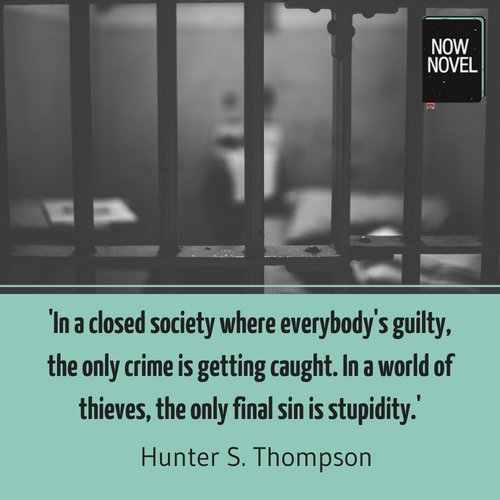
3. Make the stakes for disobedience high
In a typical person vs society conflict, the stakes are high. When a character takes on an individual opponent, they might stand a good chance of winning. Yet what if your opponent has an entire police force, schooling system, or 'mob justice' brigade ready to do its bidding?
In these cases, the individual that breaks society's written or unspoken rules often pays a high price. Camus' outsider is sentenced to death. People conspire to separate Hester Prynne from her daughter in The Scarlet Letter.
Because of the overwhelming odds of being an individual against many, these conflicts are often especially tense. We wait breathlessly to see what the cost of acting against societal pressures will be. Make sure these costs are believable and loom close.
4. Find person vs self conflicts that complicate person vs society
Opposing your society, as mentioned in point one, often first requires a dawning realization your society is wrong (or that you care about your own goals or desires more than communal pressures).
Yet this process of finding inner will to fight (or simply shun) broader society often comes with inner conflict.
For example, a character who is taught to accept the practice of arranged marriage who is attracted to someone not arranged might struggle with their desire. They might see their desire as weakness, sinfulness (if the practice has a religious origin) or something else entirely negative.
Think about possible internal conflicts that could make it harder for your character to stand up and oppose conventional wisdom, rules or practices.
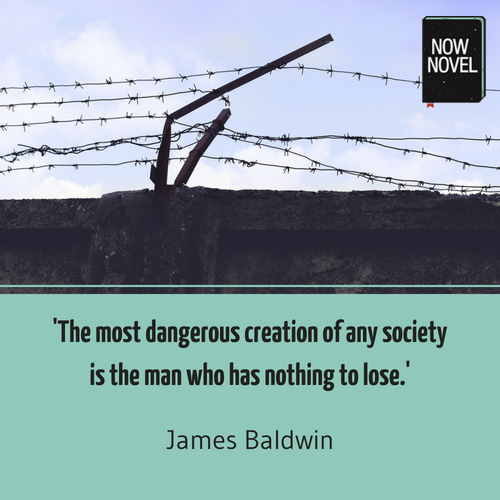
5. Decide how person vs society conflicts will resolve
Often man vs society conflicts in stories resolve in death or other severe consequences. For example, in Shakespeare's famous Romeo and Juliet, the lovers from eternally feuding families can only be together in death.
In your story's particular society, what are characters' options? Conform or else ... ?
Get help developing believable man vs society conflicts and other elements of writing craft - join Now Novel.




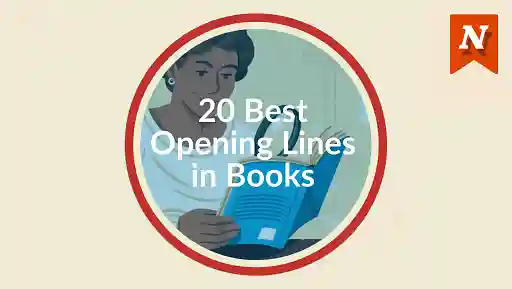

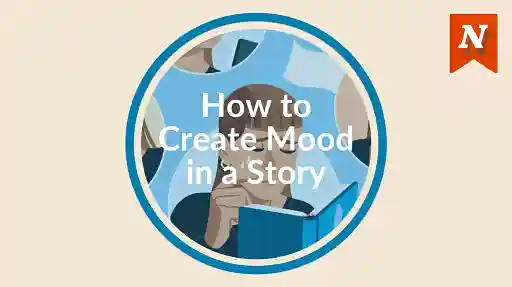
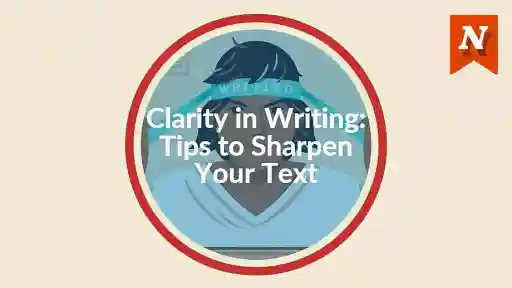

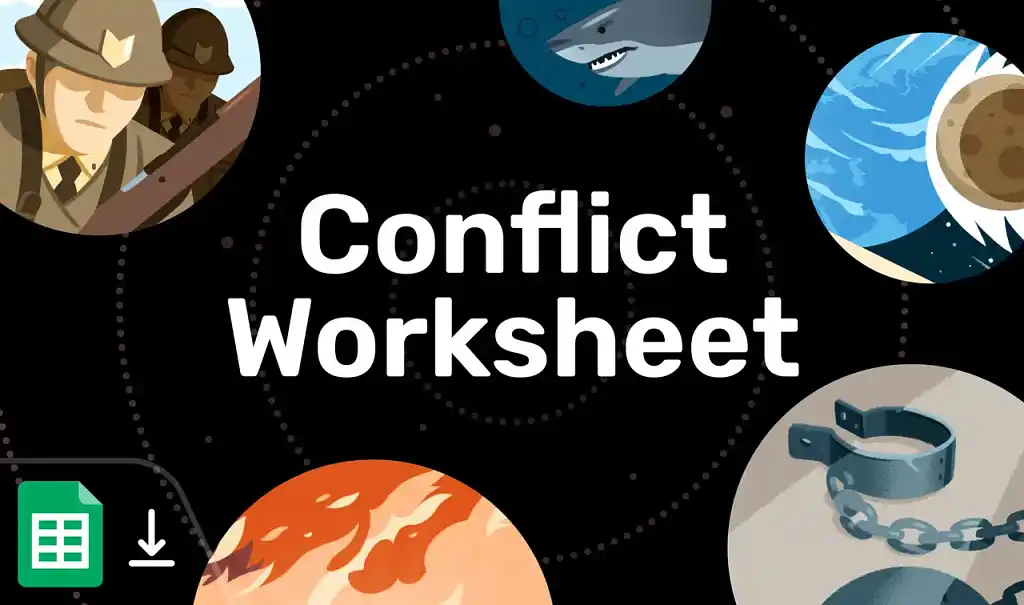

As a crime writer, I'm obsessed with central societal questions, "Who's the criminal and who's the victim and who decides?" Thanks for sharing this.
Elias Mc Clellan - Almost 7 years ago
Great (and socially important) questions! It's a pleasure, Elias. Thanks for reading.
Bridget At Now Novel - Almost 7 years ago
Thank you for this excellent analysis. You've been a big help to me today as I claw my way through to a central idea I'm trying to express in my current work.
Darkemeralds - Over 6 years ago
Hi DarkEmerelads, thanks for reading! I hope you've clawed your way through to that central idea. Good luck with the rest of your story.
Jordan At Now Novel - Over 6 years ago
I need help with my story the theme is Individual vs. society
Anessa - Over 4 years ago
Hi Anessa, thank you for sharing that. If you'd like to get feedback on your story idea summary or a short section from the story, feel free to share it in our members-only writing groups (they're free to join).
Jordan - Over 4 years ago
These are some great tips! Thanks for sharing.
Sydney - Over 3 years ago